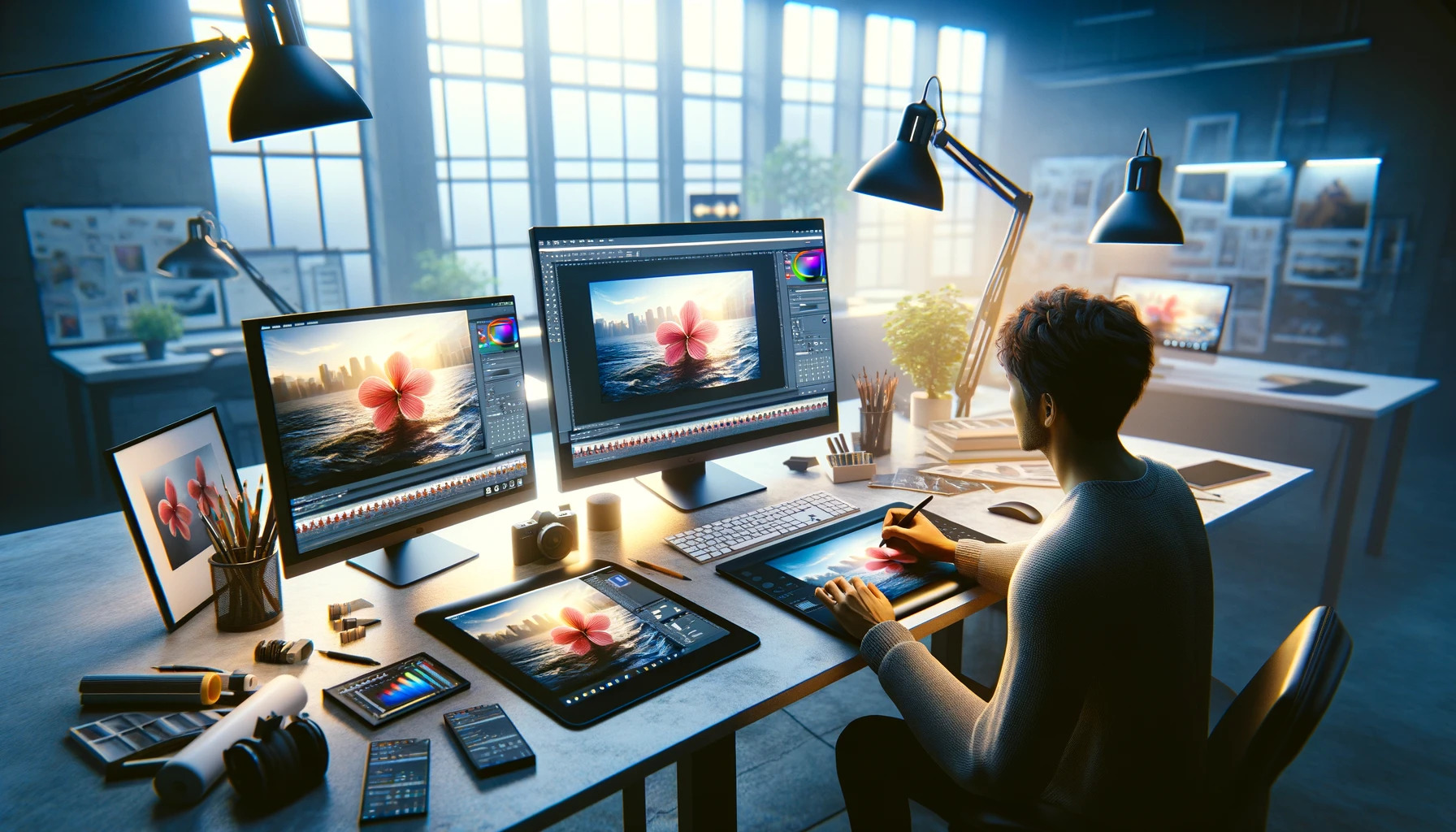Maintaining Aspect Ratio While Upscaling Images
By Philip
Published March 11, 2024
 Maintaining Aspect Ratio While Upscaling Images
Maintaining Aspect Ratio While Upscaling Images
In this guide, we explore how to upscale images effectively while preserving their aspect ratio. Maintaining the original proportions is crucial to avoid distortion, ensuring the upscaled version retains the visual integrity of the original. This involves understanding the challenges, leveraging the right tools, and applying best practices for optimal results.
Understanding the Basics
At its core, to upscale image means to increase its resolution—transforming a picture from a lower pixel density to a higher one. However, this seemingly straightforward process is rife with upscaling challenges and solutions. The primary hurdle? Maintaining the original image's aspect ratio, thus ensuring the upscaled version doesn't look stretched or squished.
1. Aspect Ratio Fundamentals
The aspect ratio, a critical component in this equation, refers to the proportional relationship between an image's width and height. Keeping this ratio consistent during upscaling is crucial to retain the image's original appearance and integrity.
2. Upscaling Challenges and Solutions
The path to successful upscaling is paved with a blend of technical challenges and creative hurdles. Solutions range from advanced algorithms in software tools to manual adjustments that require a keen eye for detail.
Strategies for Success
Embarking on the upscaling journey requires a toolkit filled with both software solutions and an understanding of image upscaling resolution limits. Here are the strategies that can help you navigate through the process:
1. Choosing the Right Tool
Selecting the appropriate software is the first step. Options abound, from AI-driven tools that automatically adjust aspect ratios to more hands-on editing software that gives users full control over the upscaling process.
2. Understanding Resolution Limits
An awareness of image upscaling resolution limits is paramount. Every image has a point beyond which upscaling will only introduce noise and artifacts, detracting from the quality instead of enhancing it.
3. Manual Adjustments and Checks
Sometimes, the best approach is a manual one. Adjusting the aspect ratio manually allows for precision, ensuring that the upscaled image matches the quality and dimensions of the original.
4. Upscale Image Size Optimization
Upscale image size optimization is a balancing act. It involves increasing an image's dimensions for better clarity on larger screens while ensuring file sizes don't balloon, making the image impractical for web use.
Best Practices
To achieve the best results, here are some best practices to follow:
- Preparation is Key: Analyze the original image to understand its limitations and potential before starting the upscaling process.
- Incremental Steps: Upscale in small increments to closely monitor the changes and adjust the aspect ratio accordingly.
- Quality Over Quantity: Focus on the quality of the upscaled image, not just increasing its size. The goal is to enhance, not just enlarge.
- Test Across Devices: Upscaling for different platforms means testing the image across various devices to ensure it maintains its quality and aspect ratio.
Creative Considerations
While technical proficiency is crucial, creative considerations play an equally important role. The art of upscaling requires a vision that respects the original image while enhancing it for modern uses.
1. Maintaining Artistic Integrity
The upscaled image should remain true to the original's intent and aesthetic. This involves careful consideration of how resolution enhancements affect the overall composition and mood of the image.
2. Adaptation for Different Platforms
When upscaling for different platforms, consider the unique requirements of each. What works for a desktop wallpaper may not be suitable for a mobile screen. This requires a flexible approach to upscaling and aspect ratio adjustments.
Conclusion
In the digital age, the ability to upscale images while maintaining their aspect ratio is a valuable skill. It blends technical precision with creative insight, ensuring that images are not only larger but better. By understanding the challenges, employing strategic solutions, and adhering to best practices, one can navigate the complex landscape of image upscaling. Remember, the goal is not just to increase size but to enhance the visual experience, preserving the essence of the original while adapting it for new horizons.